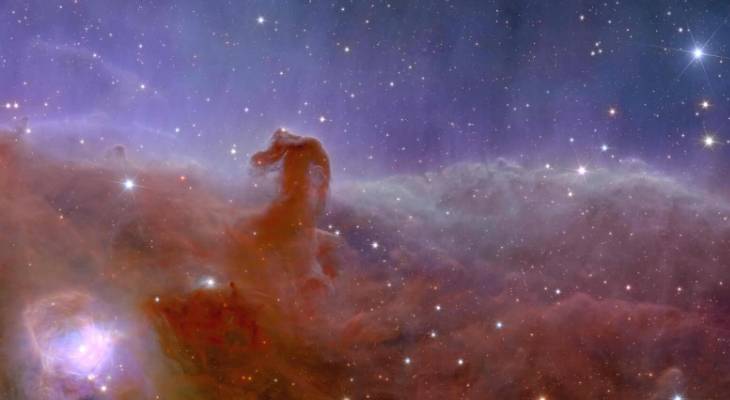Astronomers at Malta’s Institute of Space Sciences and Astronomy (ISSA) within University of Malta this week watched the first images emerging from the European Space Agency’s (ESA) Euclid telescope with an extra dose of pride, knowing one of its members had contributed to the mission.
Maltese astrophysicist Ian Fenech Conti completed his Doctor of Philosophy (PhD) in Astrophysics and Computer Science on the development of algorithms that are used for the optical modelling of the Euclid telescope in collaboration with Lance Miller, a Professor from University of Oxford. Dr Fenech Conti’s work was incorporated into the telescope which revealed razor-sharp astronomical images in colour across such a large patch of the sky, which have never been seen before.
Through this contribution, Dr Fenech Conti and his team earned the Euclid Special Talent and Recognition (STAR) Prize for the best team project, a notable achievement since the Euclid Consortium is made up of around 1,500 active participants.
“After many years of hard work and collaborative achievement, the sheer joy of witnessing the first tangible images from the Euclid space telescope is indescribable,” Dr Fenech Conti said.
“It’s a proud moment for all of us, knowing that our small but significant contributions will play an integral part in bringing the cosmos into sharper focus over the next decade,” he added.

Euclid's view of the Horsehead Nebula / ESA/Euclid/Euclid Consortium/NASA, image processing by J.-C. Cuillandre (CEA Paris-Saclay), G. Anselmi, CC BY-SA 3.0 IGO
His optics modelling was particularly relevant to one of the most significant science cases of Euclid’s mission, that of weak gravitational lensing.
Weak gravitational lensing occurs due to the bending of light around massive objects such as clusters of galaxies. As the light bends through these clusters, the shapes of background galaxies are distorted. The precise measurements of these distortions allow scientists to measure and map the dark matter distribution within these clusters of galaxies.
The Euclid telescope, named after the ancient Greek mathematician, was launched in July onboard a SpaceX rocket from the United States, and over the next six years it will observe the shapes, distances, and motions of billions of galaxies to create what is forecast to be the “largest cosmic 3D map ever made”.
Kristian Zarb Adami is also involved in Euclid, coordinating the work between University of Oxford and University of Malta, the latter of which he is a Professor of. This is done to ensure the optics and the distortions are characterised well enough to carry out the galaxy shape measurements. Alessio Magro, a Professor and Director of ISSA, brings high-performance computing techniques to carry out the shape measurements in an efficient and accurate manner to ensure the correct cosmological parameters are inferred.
According to ESA, what makes Euclid’s view of the cosmos special is its ability to create a “remarkably sharp visible and infrared image across a huge part of the sky in just one sitting”. These surveys are thought to be fundamental in helping understand the expansion and acceleration of the university, together with the nature of dark matter and dark energy.
After the release of the first images on Tuesday, Carole Mundell, Professor and ESA Director of Science, said: “Euclid will make a leap in our understanding of the cosmos as a whole, and these exquisite Euclid images show that the mission is ready to help answer one of the greatest mysteries of modern physics.”
Main Image:Euclid’s view of spiral galaxy IC 342 / ESA/Euclid/Euclid Consortium/NASA, image processing by J.-C. Cuillandre (CEA Paris-Saclay), G. Anselmi, CC BY-SA 3.0 IGO
